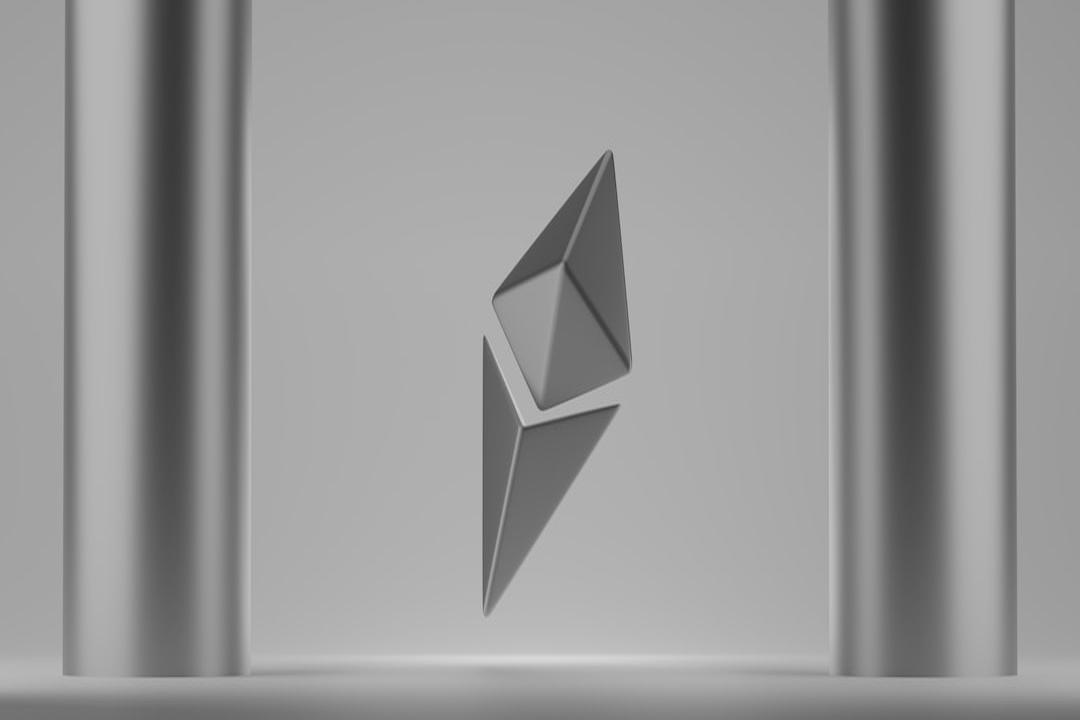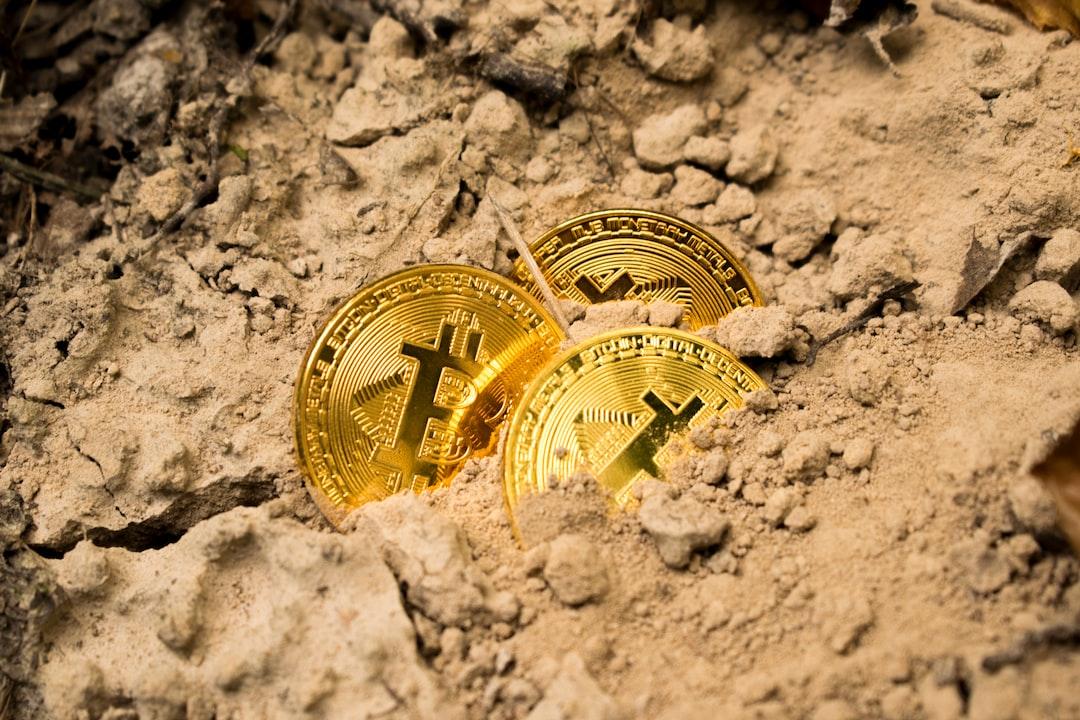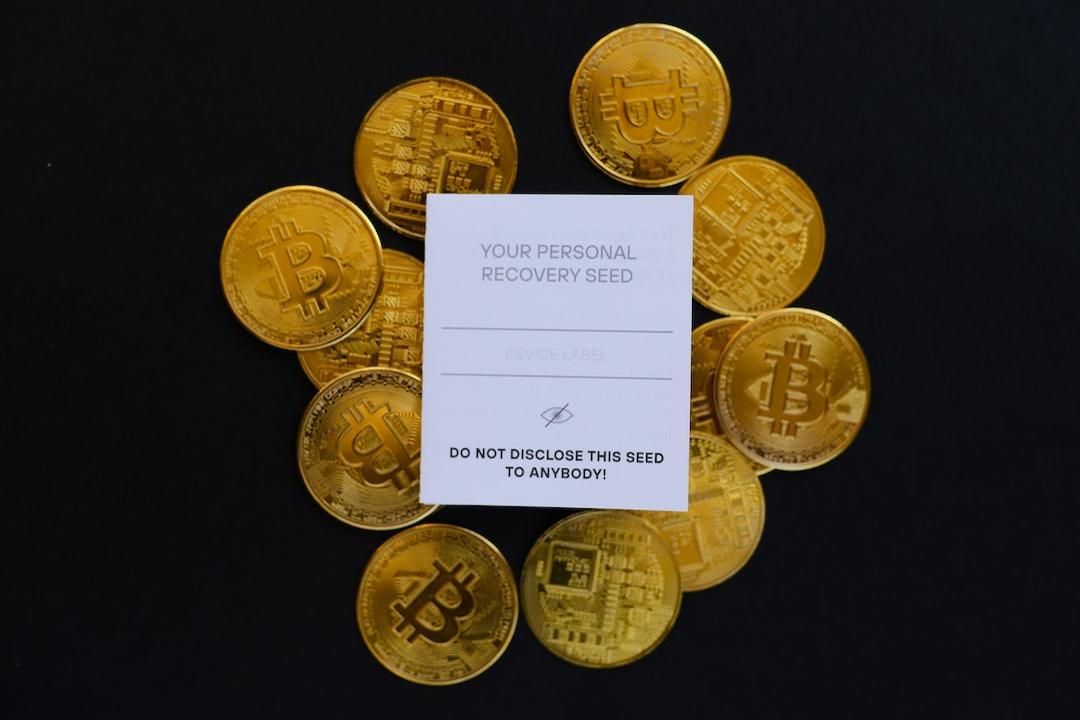Declining Attractiveness of the NFT Market
In 2024, the biggest good news in the cryptocurrency market is the approval of the Bitcoin spot ETF, and there may also be good news for the Ethereum ETF. This has caused investors to be optimistic and expect both Bitcoin and Ethereum to reach new highs this year.
However, a recent report by Bloomberg pointed out that while the prices of cryptocurrencies are soaring, the “NFT sector” in the crypto token market is in a dismal state. The floor prices of many popular NFT projects have dropped by 40% to 50%. For example, according to NFT Price Floor data, the floor price of the Ethereum NFT series CryptoPunks reached a low of about 41 Ether last year, and this year it has dropped to about 22.99 Ether.
Last year’s market conditions were already considered quite harsh by many, and some even believed that it had reached a market “winter”.
However, some NFT collectors interviewed by Bloomberg have stated that buying and selling of NFTs in the pure art market is still ongoing and prices remain stable. This shows that people still have enthusiasm for artworks with artistic value.
But what exactly are pure art NFTs? How are they different from the previously popular profile picture (PFP) NFTs? And does the art NFT market really meet investors’ expectations?
Further reading:
An NFT Turns 1,700 People into “Cloud Villagers” with the Goal of Revitalizing Aging Japanese Villages?
What are pure art NFTs?
According to Zhang Baocheng, co-founder of Taiwan’s art NFT collection and creation group VolumeDAO, the biggest difference between art NFTs and profile picture NFTs lies in their “purpose” and “expression”.
Blue-chip projects like Bored Ape Yacht Club and CryptoPunks have obvious illustration or pixel styles, and these types of NFTs are often a “crowd-oriented” form of expression. This means that holders can use them as social media avatars to prove and showcase their belonging to a specific community.
On the other hand, pure art NFTs focus more on the content that artists want to express. These works may be more abstract and focus on details such as texture, color temperature, and repetition, similar to how a song focuses more on the “music” than the lyrics. Collectors of art NFTs are concerned not about the community or empowerment, but about the artistic value and meaning behind the artwork, similar to traditional art collectors.
However, Zhang Baocheng emphasized that “both types of NFTs are artistic styles, just with different purposes in creation and collection.”

objkt.com is one of the main art NFT marketplaces on the TEZOS blockchain.
Who are the collectors of pure art NFTs?
Buyers of pure art NFTs can be divided into two main categories. The first category consists of collectors who are already familiar with traditional art and are curious about NFTs while collecting traditional art. The second category consists of buyers who like to pursue new things. They may not know much about traditional art but are interested in this emerging creative medium of NFTs.
In a previous interview, Zhang Baocheng expressed his hope to introduce the blockchain and NFTs to the traditional art community through VolumeDAO and to let Web3 enthusiasts understand a different kind of blockchain art.
Declining trading volume but abundant creative energy
As a veteran collector of pure art NFTs, Zhang Baocheng pointed out that the trading volume in the art NFT market is actually declining, just like the current overall market conditions. However, there are still a large number of exciting artworks being released, and there is abundant creative energy.
As a medium for art, NFTs are of significant importance to digital native artists, regardless of external perceptions or prices. Digital native art refers to works in which all materials and visual elements come from the digital world. For example, they are generated through coding and present unique geometric shapes, blocks of color, and lines in “generative art”.

“365,” a generative art piece created by artist Yazid Azahari.
NFTs provide a suitable digital presentation method for these artworks, giving them independence and autonomy, freeing them from the reliance on physical carriers.
“In the past, digital art often required physical screens or USB storage devices to display or collect. NFTs allow these works to be traded directly on the blockchain and stored in digital wallets. They are the true frames for digital art,” explained Zhang Baocheng.
Read the full interview here.
Block to Web3: Interpreting news and discussing Web3 business transformation in an easy way, every Wednesday on time!

